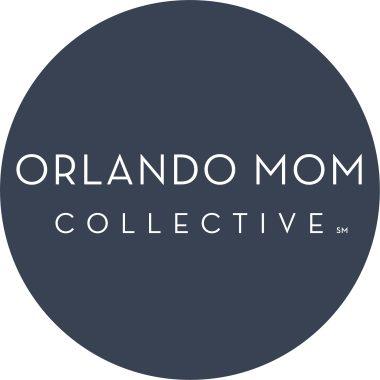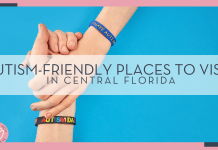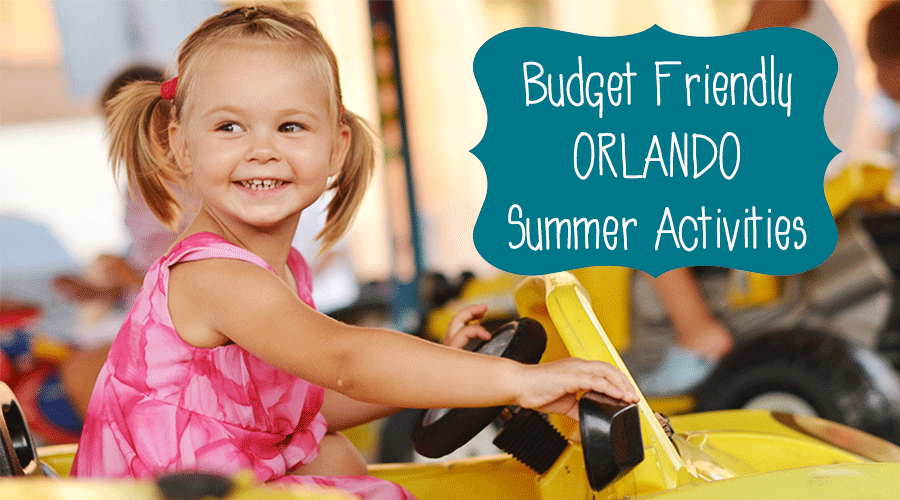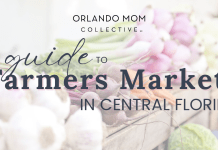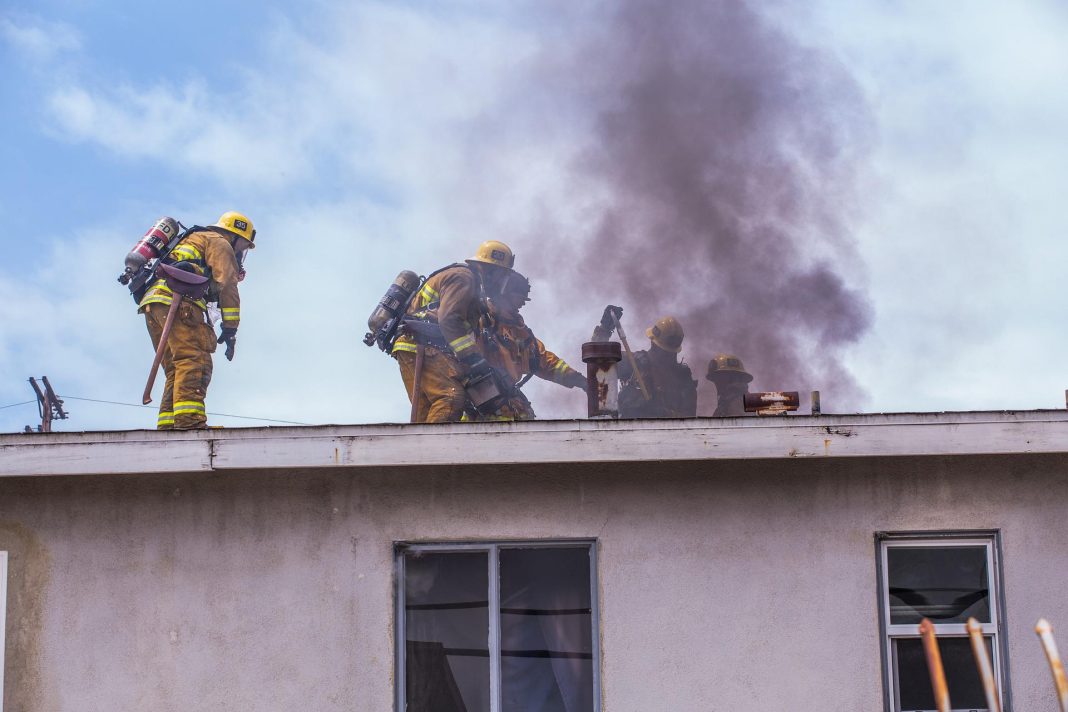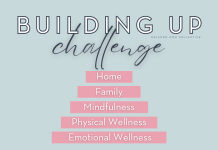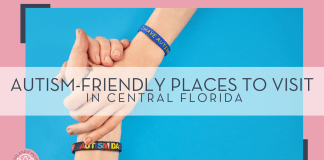The home is a haven for your family to thrive and grow. Unfortunately, fatal injuries and accidents occur in the house every year. According to a recent report, more than 30,000 people in America die annually from home accidents. Home accidents also account for 21 million visits to medical centers yearly. For this reason, building a safe home environment is paramount. Read on for five common household hazards and how to prevent them to keep you and your family out of harm.
Fires
Did you know that fire hazards claim over 2,620 lives each year? Even an unattended iron or candles could result in a fire, so it is critical to prevent fire hazards to avoid extensive damage to your property, burns, and fatalities. The following are ways to prevent fires in your home:
- Invest in fire alarms. Install working fire alarms around your homes and inspect and replace the batteries at least twice a year to ensure fire safety
- Avoid leaving candles unattended or using them near blankets and drapes or in an area where pets or children could knock them over
- Install smoke detectors in your basement, kitchen, and bedroom
- Avoid overloading electrical outlets or leaving appliances plugged when not in use
- Extinguish cigarettes carefully
- Do not leave cooking food unattended
- Schedule regular electrical system inspections with a reputable electrician
- Invest in a fire extinguisher
However, it is worth noting that despite your efforts to prevent the hazard, an accidental fire could still occur. Consider taking out homeowners insurance to repair damages caused by fires, among other perils.
Falls
Falls are the most common household hazards and the leading cause of death, especially among older adults 65 years and above. Scattered toys, wet floors, poor lighting, and slippery stairs make you and your loved ones vulnerable to fall-related injuries. Here are ways to prevent household fall hazards:
- Staircases. Install safety gates at the top and bottom of the stairs, tighten the handrails, fix the flooring, and ensure proper lighting
- Invest in handrails, among other supports in your shower, to prevent accidents
- Teach your loved ones to pick up toys and other scattered items on the floor to avoid trip hazards
- Cover slippery surfaces, especially in the bathroom, with rugs
- Invest in bathroom seats or hoists to make showering safer for elderly family members
- Clear ice, snow, and debris from the outdoor steps
Carbon monoxide
Carbon monoxide is among the most dangerous household hazards because, unlike gas, it cannot be detected via smell, sound, or sight. Low exposure to carbon monoxide results in headaches and dizziness, while high CO levels cause impaired vision, vomiting, or death. To protect your loved ones against carbon monoxide (CO) hazards:
- Install a carbon monoxide detector to determine when CO reaches a dangerous level
- Schedule regular maintenance of home appliances that use coal, oil, or gas, including water heaters and air conditioning system
- Check and replace the smoke alarms’ batteries
Poisoning
Poisoning results in over 5,000 deaths every year, especially among young children. Household items such as home maintenance and cleaning supplies, petrol, and medications are some leading causes of poisoning hazards. Here are ways to minimize poisoning risks:
- Store prescription and over-the-counter medications out of children’s reach. Be sure to also dispose of unused and expired drugs properly.
- Keep paint and pesticides in locked sheds and garages or on high shelves
- Avoid leaving children and pets unattended, especially in the kitchen
- Avoid storing chemical products in food containers
- Mark all containers
- Lock up all household cleaners and detergents
- Put hair products, soaps, and makeups, among other personal care products, out of your kids’ reach.
- Save the poison control centers’ number on your mobile phone to help you seek help promptly in the event of a poisoning.
Choking
Choking is common among small children who often tend to put small items in their mouths. Poorly prepared foods or bites going the wrong way could also make both adults and children vulnerable to choking. Follow these safety measures to keep your loved ones safe:
- Check your baby’s toys for loose parts. You should also check the floors for small items or toys
- Avoid leaving your baby unattended
- Pair meals with pure water or non-alcoholic beverages to soften dry food
- Invest in age-appropriate toys
- Lock up choking hazards, including hard foods like candies and nuts
- Encourage your loved ones to slow down during meals. Be sure to cut food into small pieces, especially for your young ones
- Familiarize yourself with performing choking first aid, including the Heimlich maneuver to help your babies in case they choke
Keeping your family safe is critical.
One of the most effective ways to ensure your loved ones’ safety is knowing what precautions to take to prevent home accidents. Familiarize yourself with the above household hazards and how to avoid them to protect you and your loved ones.

